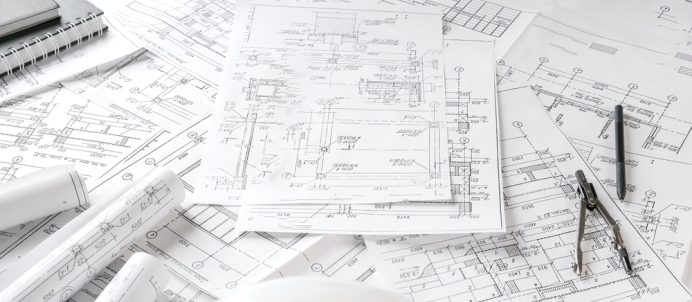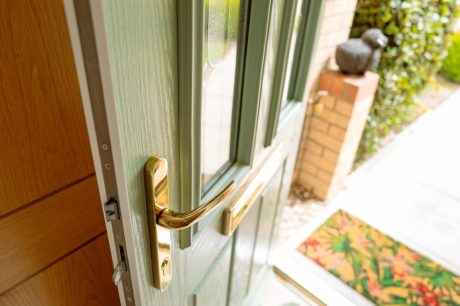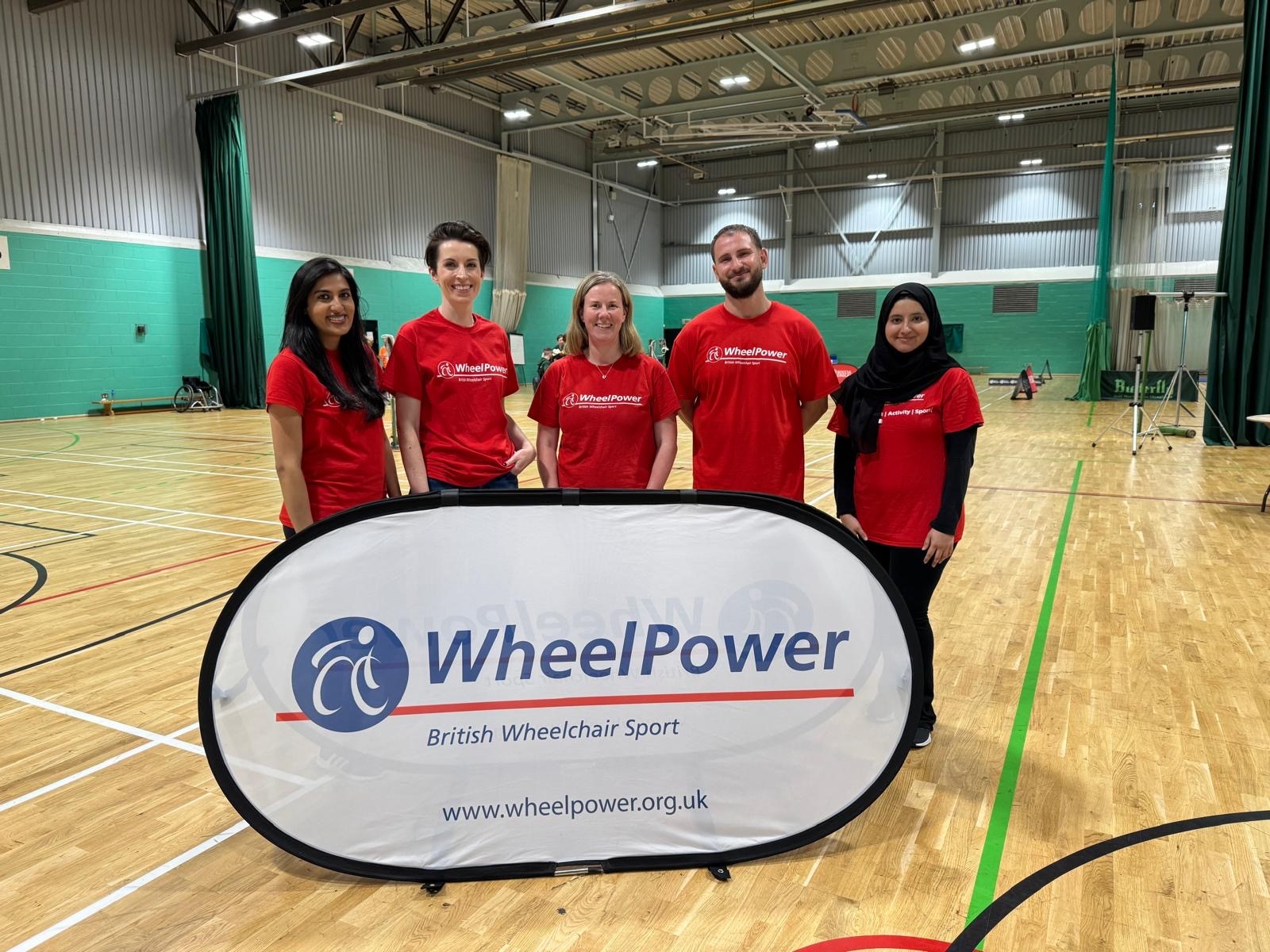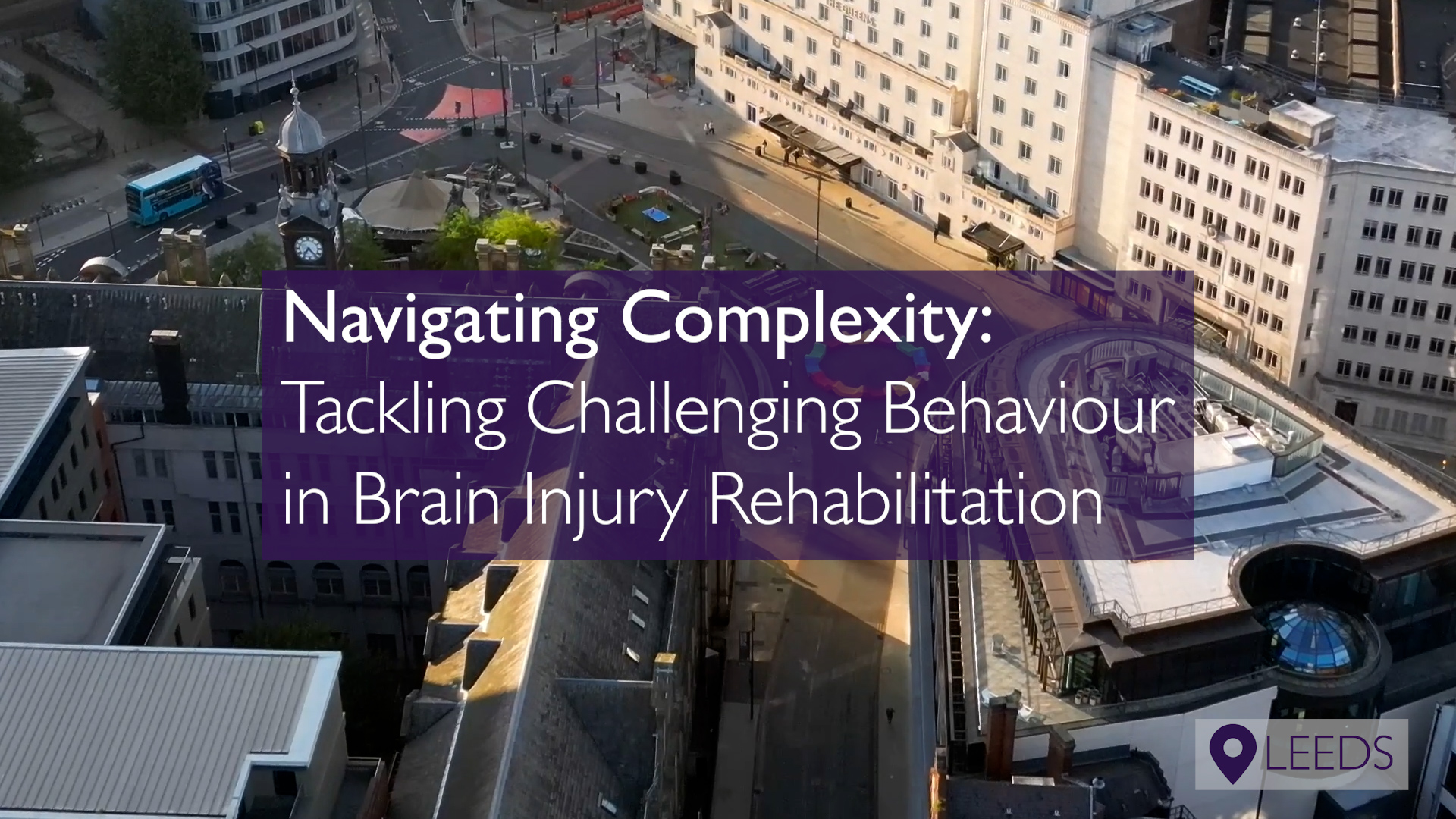When a person suffers a catastrophic injury, the journey to reclaiming independence often begins at home. But creating a home that truly supports recovery and dignity is never a solo effort. It’s a deeply collaborative process involving legal experts, medical professionals, rehabilitation specialists, architects, and, most importantly, the injured individual and their family.
In this article for Inclusive Design Magazine, Head of Personal Injury Leeds Ben Townsend, explores the intricate teamwork behind property purchase and adaptation in the context of catastrophic injury claims. From legal considerations to therapeutic design choices, every decision is guided by one central principle: empowering the claimant to regain control and live as fully as possible.
Team Effort
Collaboration is at the heart of the process for adapting property in catastrophic injury claims, and the wants and needs of the injured claimant should take precedence throughout the adaptation process. This is vital for the claimant, who will have had a large number of choices denied to them by the nature of their injuries.
Having the opportunity to make decisions about the new house is an important part of starting to feel as though they have more control over their life.
The claimant’s team must always remember that the claimant’s family are also going to be living in the property. They will also have views on the property although, in my experience, they tend to defer to the claimant’s wishes. They may however perceive difficulties caused by the claimant’s injuries that the claimant themself is unaware of.

The Claimant’s Solicitor
The claimant’s solicitor will probably have been through the purchase and adaptation process many times with other clients. The solicitor will not have views about how the property ought to be adapted, but should advise the claimant about the implications for their case of any decisions they choose to make regarding it.
For instance, is having a hydrotherapy pool constructed as part of adapting the property likely to be considered ‘reasonable’ as part of the claim? The solicitor needs to advise the claimant based on the evidence that the solicitor has gathered.
The Rehabilitation Team
The claimant’s rehabilitation team may be extensive, depending upon the nature and complexity of their injuries. The rehabilitation team could include a case manager, an occupational therapist, a physiotherapist, support workers, an assistive technologist, a neuropsychologist, a consultant in rehabilitation medicine, a neurologist, a tissue viability nurse, chiropodists, and a spinal consultant.
The case manager (usually a nurse or occupational therapist by background, or potentially a social worker) will coordinate the rehabilitation team. They will be in regular contact with the claimant, their family and the rest of the rehabilitation team. As such, the case manager probably has the best overview of the claimant’s needs. It is therefore important that the case manager is involved in the purchase and adaptation process.
Each member of the rehabilitation team may in turn have useful input into adapting the claimant’s accommodation. For instance, the occupational therapist will be key to ensuring the property is successfully adapted to the claimant’s needs and abilities.
Similarly, the assistive technologist’s recommendations must be integrated into the project at an early stage, as it becomes much more expensive to allow for their recommendations at a later stage of the build. Both professionals should be thoroughly integrated into the process of purchasing and adapting the property.
Support workers should also be carefully listened to in relation to the property. They will potentially be spending hours every day helping the claimant to live as full a life as they possibly can and are likely to have views regarding the claimant’s accommodation needs.
If the injured person has a brain injury, the neuropsychologist may, for instance, have useful input in relation to the design scheme. They can advise upon the way that patterns and colours are used inside the house, which can have a surprisingly profound impact on the claimant’s quality of life.
Court Experts
The above rehabilitation professionals are experts in their fields. However, the claimant will also have a team of experts reporting to the court about their needs.
Claimants will often have experts reporting to the court on their requirements in most, perhaps all, the fields involved in the rehabilitation team. Whilst the rehabilitation team only have a duty to the claimant, the experts also have a duty to the court.
Court experts have to provide their honest opinion about the claimant’s needs, and each expert will need to provide at least one written report to the court. If the case proceeds to trial, the reports will be considered by the judge. The experts may then have to stand in the witness box and will be cross-examined about the claimant’s injuries and their needs arising from them.
In addition to the claimant’s own team of experts there will be a further team of experts on the defendant’s side. There may be ten or more experts on each side, including an accommodation expert, so there will be a large number of expert views regarding the claimant’s needs including their accommodation requirements.
Part of the claimant’s solicitor’s job is to try to check whether the rehabilitation team’s recommendations are supported by the claimant’s experts and vice versa. The defendant’s experts’ views should also be considered by the claimant and their rehabilitation team.
Whilst the claimant is not obliged to follow the views of the defendant’s experts, the claimant will need advice from their solicitor regarding the difference between their own experts and the defendant’s, as they may be the subject of argument in court if the case reaches trial.
Project Manager/Architect
The design for adapting the property will be the responsibility of the project manager/architect. They take the multitude of views from the many people mentioned above and synthesise them into a single design scheme.
Conclusion
A significant number of rehabilitation professionals, experts and lay people will likely feed into the design of the new, adapted property in a catastrophic injury claim. The input that they provide is invaluable for ensuring that the final outcome meets the claimant’s needs.
It is not easy ensuring that all those views are brought together in one design. Above all, the team should never lose sight of the views of the injured person, who should be at the centre of the entire process.
This article was first published in the Autumn issue of Inclusive Design.
You can find further information regarding our expertise, experience and team on our Personal Injury page.
If you require assistance from our team, please contact us.
Subscribe – In order to receive our news straight to your inbox, subscribe here. Our newsletters are sent no more than once a month.





